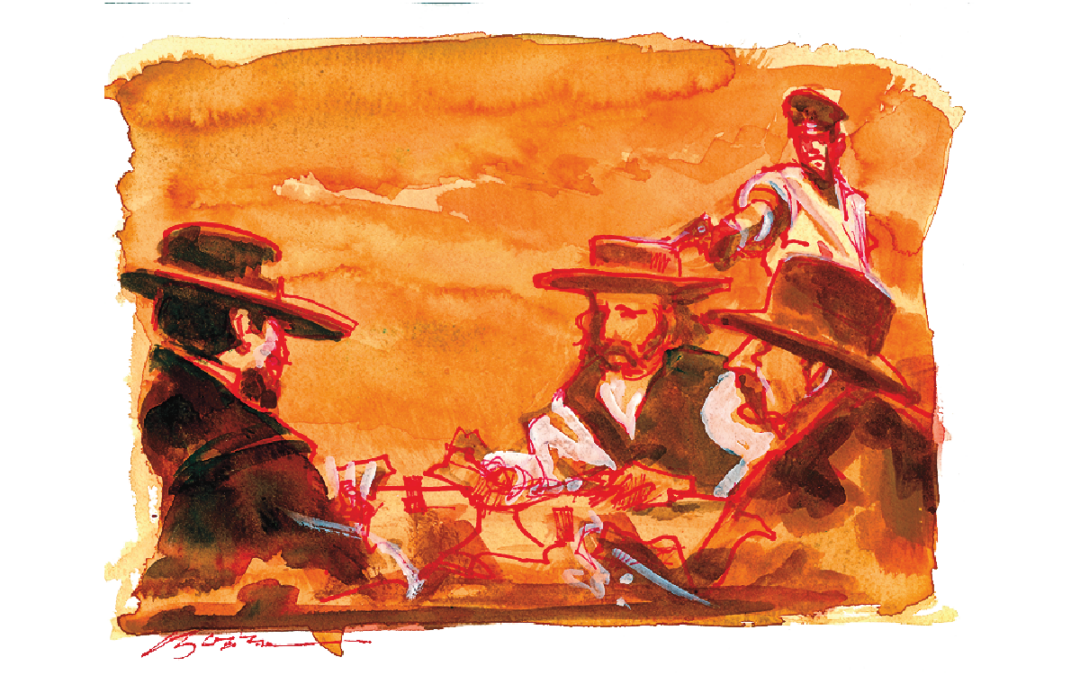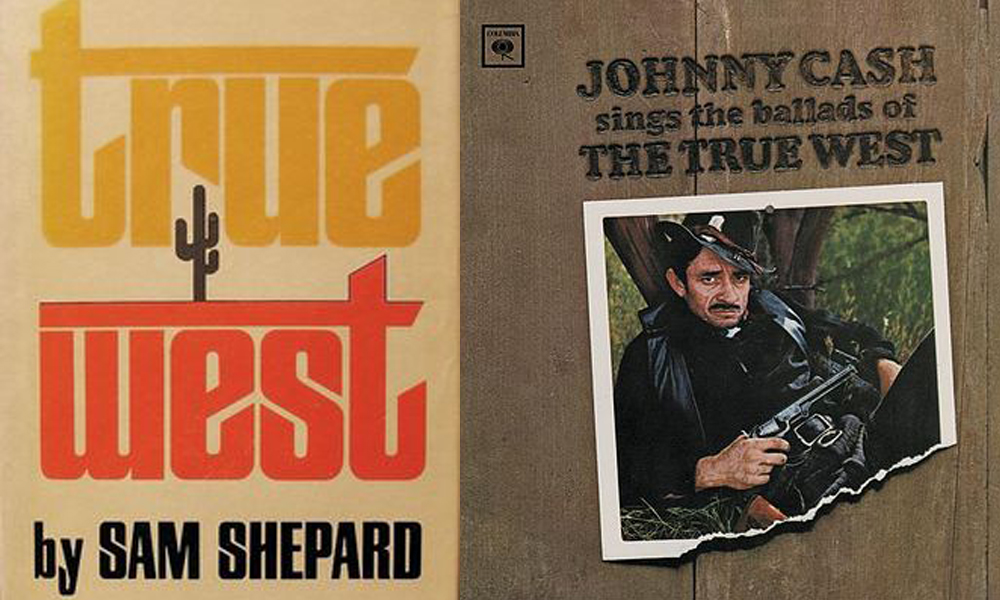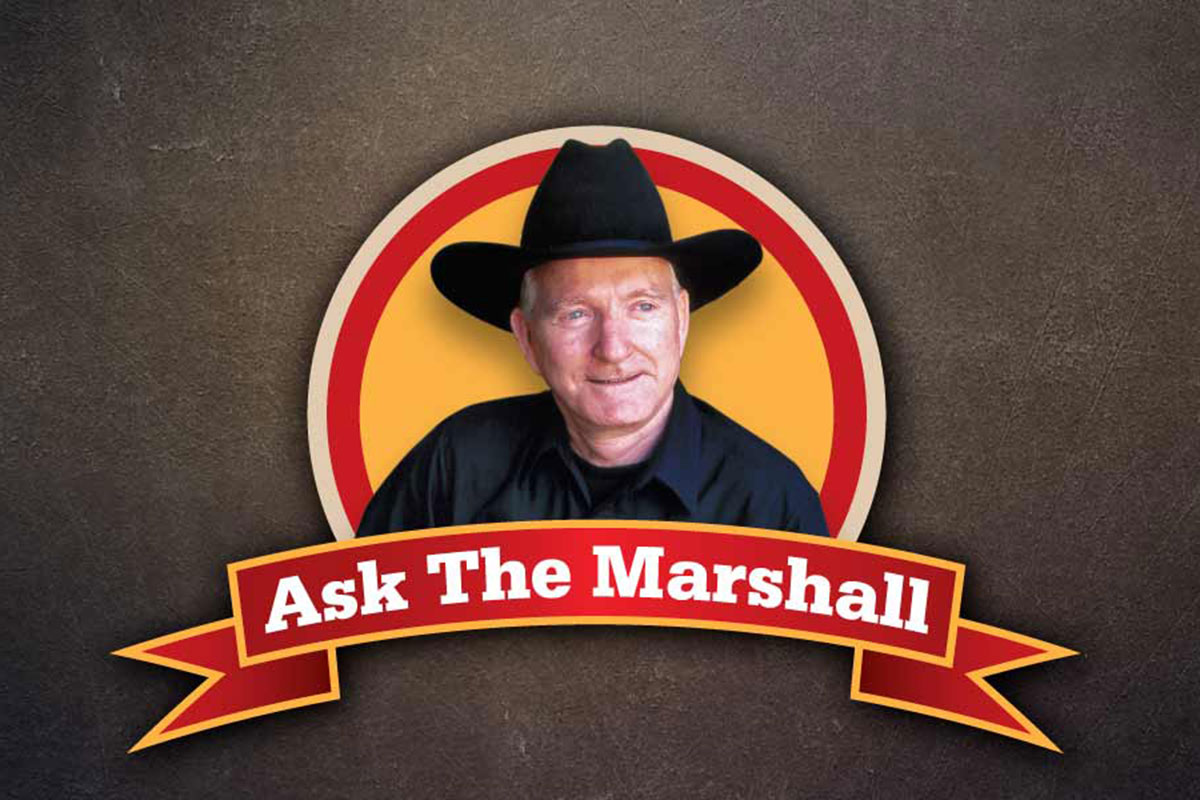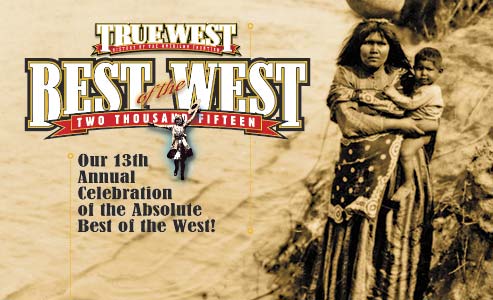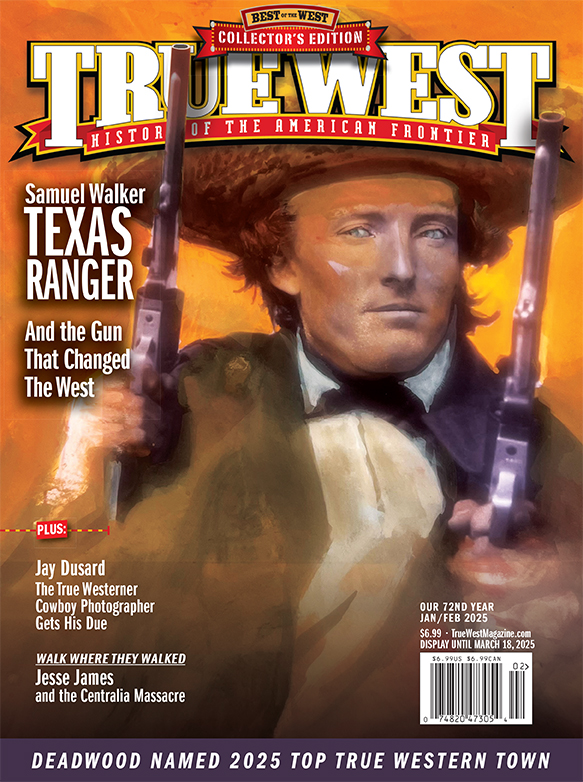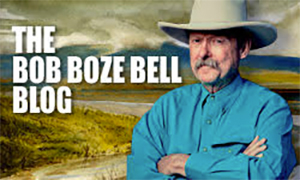On the first of October I retired my ”Ask the Marshall,” column and “True West Blogs.” It is a sad day for me but, to quote James Michener’s French Mountain Man, Pasquinel, “Only the mountains are forever.”
In 1999 Bob Boze Bell purchased True West magazine in Stillwater, Oklahoma, and moved it to Cave Creek, Arizona. He asked me to come on board and to write a column. He had already selected a name, “Ask the Marshall.” That’s always the hardest part. I had no idea at the time it was going to be such a rewarding experience. This would be a dream job for any Old West history college professor. As my Texas native-father would say, “It sure beats working for a living.”
First, I want to tell all my readers it has been an honor and a pleasure to answer your questions the past 25 years. I always tried to email the answers to you before I sent them to my editor because it might be a month or two before they appeared in the magazine, and you have had money riding on the answer. Besides, if you are like me, you wanted an answer now and not a few weeks from now.
I had had the opportunity to become friends with the most brilliant minds on Western history.
Sometimes it required some exhaustive research, and luck, to find an answer. Also, I was lucky to have quite a few colleagues who were happy to share their knowledge. I’m mighty grateful. Over the years, many like Bob DeArment, Fred Nolan, Bob Utley, Leon Metz and Joe Rosa have crossed that Jordan River. Gone but certainly not forgotten. I call them my “Go to Guys and Gals.”
The past 40 years have seen the rise of a new generation of writers relying more on courthouse records, documents and newspapers, rather than the tales of bewhiskered old-timers.
“A Pack of Lies Authenticated by A Long Gray Beard” wrote John Myers Myers, referring to these so-called eyewitnesses to history.
Every one of us has been guilty of being snookered by those old white-whiskered yarnspinners and fabricators who passed off old yarns as truth. These were exacerbated by early 20th-century writers and authors who interviewed them and never let the truth get in the way of a good story, sure screwed things up for those of us who have to separate fact from fiction.
Among this new breed of writers are Roy Young, John Boessenecker, Casey Tefertiller, Peter Brand, Dr. Gary Roberts, Mark Gardner, Larry Ball and Jeff Broome. I know I’ve left out many others, but I wrote this off the top of my head.
To my good friends and colleagues, Bob Boze Bell, Stuart Rosebrook, Mark Boardman, Carole Compton, Mariah George, Phil Spangenberger, Sherry Monahan, Beth Deveny, Lucinda Amorosano, Ken Amorosano, and the rest of the gang at True West magazine,
Oh what a ride we’ve had.
Editors Note: Before he rides off into the sunset, we asked Marshall to choose some of his favorites from the past two decades. In 2025, we’ll honor our dear friend Mr. Trimble by running these favorites that he knows you will love.
What kind of poker was Wild Bill Hickok playing at the time he was shot?
James Summerlin (Lawrenceville, GA)
Nobody seems to know what particular poker game they were playing at the Number 10 Saloon in Deadwood that day.
Joe Rosa, Hickok’s late biographer, never saw it written anywhere. The late Bob DeArment, author of Knights of the Green Cloth, said, “I’ve never seen a reference to the particular poker game Bill was playing at the time, and I don’t think anyone else has either. From things I have read by students of poker history, five-card stud and draw were the games played in the West.” So it may have been one of those. I doubt if anyone thought it was very important at the time.
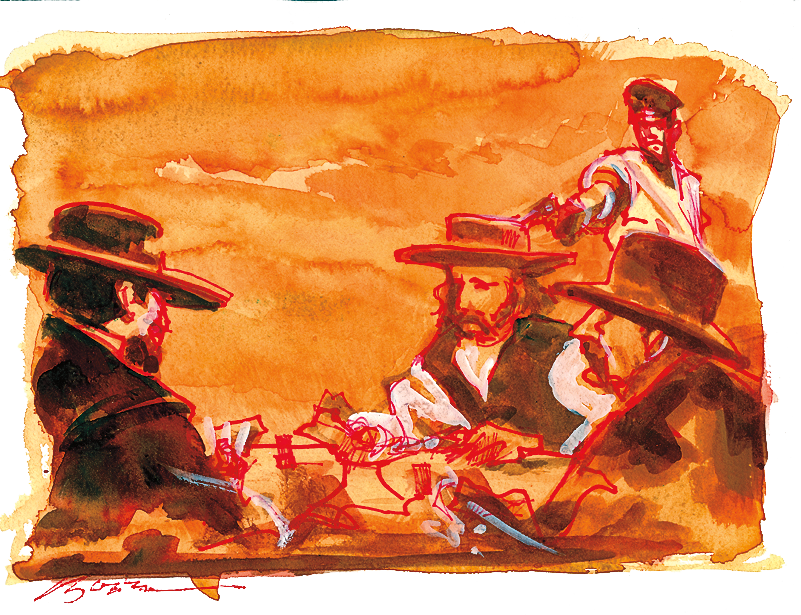
Who was the gunfighter Matt Dillon shot at the opening scene of Gunsmoke?
James Mendez (Red Rock, AZ)
Arvo Ojala, an expert on guns and the quick draw, was the one gunned down during the black-and-white days. Ojala said the royalties paid for several new Cadillacs, so the money was good while it lasted.
In Season 12, 1966-1967, Gunsmoke went to color. Blackie Storm became the man in black who faced off against Matt Dillon every Saturday night. Blackie, whose real name was Kenneth Stevens, was an ex-rodeo cowboy who was “discovered” by Robert Mitchum while filming The Lusty Men. Blackie, who stood 5 feet 7 inches, used to say, “I had a heck of a time slowing my draw so Arness, who stood six feet seven, could gun me down.”
Based on sets, characters, clothing, firearms and treatment of horses, which Western movies are considered the best?
Tim Daley (Union Grove, WI)
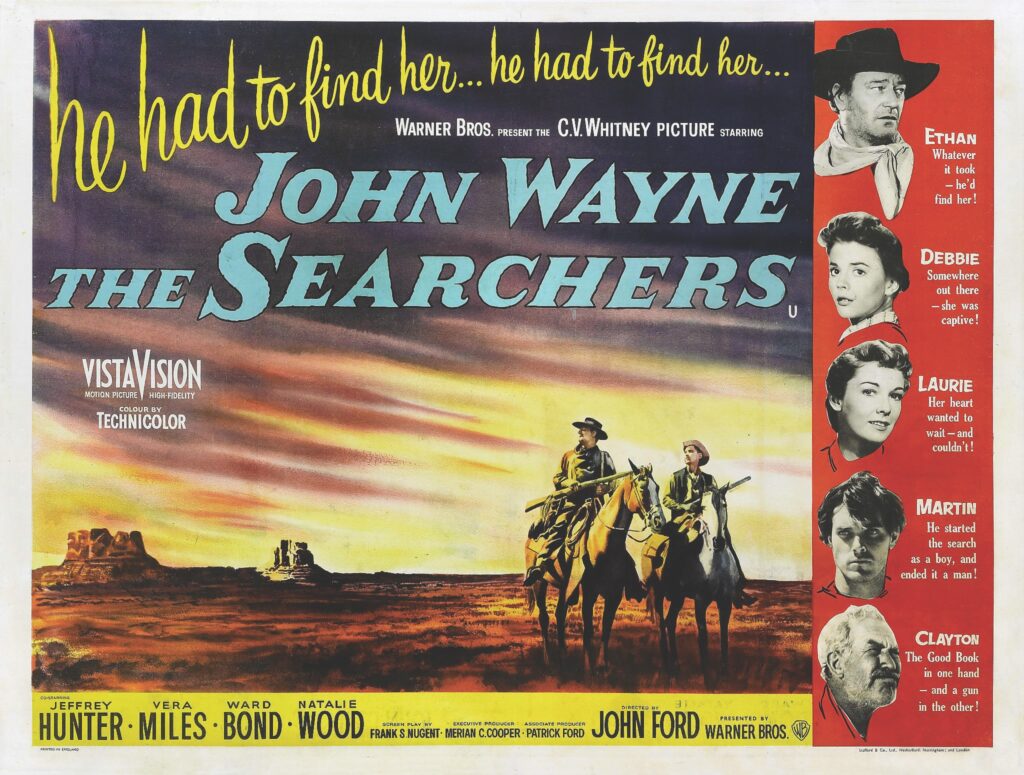
If you asked 10 different Western film aficionados, you would likely get 10 different answers, so here are mine.
- The Searchers (1956)
- Shane (1953)
- Monte Walsh (1970)
- Dances with Wolves (1990)
- High Noon (1953)
- Treasure of the Sierra Madre (1947)
- Ride the High Country (1962)
- Red River (1948)
- Butch Cassidy and the Sundance Kid (1969)
- The Man Who Shot Liberty Valance (1962)
- Lonesome Dove (1989) was a miniseries. It’s based on a true story with a great cast, and everything in the movie is authentic. It’s one of a kind.

